Reading
1. Read the text and choose the correct answer A, B, C, or D for each question.
HURRICANE KATRINA
New Orleans, in Louisiana, is known as the most unique city in the United States with distinctive architecture, cross-cultural heritage and annual music festivals.
However, due to its location along the Mississippi River with lakes on the other side, and nearly half of the city below sea level, the city faces the danger of flooding. So, a levee system and drainage canals were built to protect the city.
Early in the morning of August 29, 2005, Hurricane Katrina, the most destructive natural disaster in the history of New Orleans, struck the city. The storm brought strong winds and heavy rains for several days. As a result, water from the river and lakes rose, breaking the levees and poured directly into the city. Soon 80 percent of the city was under the water. People scrambled to rooftops for safety, desperate for food and drinking water. The winds were so strong that even beds in Hyatt Hotel were seen flying out of the hotel windows. The loss was tremendous. Most of the major roads and bridges were destroyed, and houses collapsed. Nearly 2,000 people were killed. After the storm, several natural grounds for the breeding and migrating of different species of animals and birds were permanently lost.
1. New Orleans is famous for __________.
A. its modern architecture
B. its cross-cultural heritage
C. its Mississippi River
D. its location
2. Which statement is NOT correct about New Orleans?
A. It lies between the Mississippi River and lakes.
B. One of its attractions is its annual music festivals.
C. The city is surrounded by water.
D. Most of the city is below sea level.
3. Which one is NOT mentioned as being damaged by Hurricane Katrina?
A. Distinctive architecture
B. The levee system
C. Major roads
D. Houses
4. The word 'tremendous’ means __________.
A. puzzling
B. huge
C. unique
D. legendary
5. The word 'permanently’ is similar to __________.
A. temporarily
B. partially
C. forever
D. rarely
Speaking
2. Work in pairs. Choose one of the topics and make a short conversation.
Topics
1. A place in English speaking countries you would like to visit.
2. An English speaking country which has a close relationship with Viet Nam.
3. A type of disaster which frequently attacks your area.
4. A type of natural disaster which threatens areas along the coast.
5. A human activity which increases pollution.
Example:
| Topic: The most serious type of pollution in your area. |
A: What is the most serious type of pollution in your area?
B: Visual pollution.
A: Can you give an example?
B: Sure. People stick advertisements on walls.
A: Can you do anything to reduce it?
B: Not much. Once we tear off one advertisement, there will be more of them.
A: Oh! That's terrible!
Listening
3. Listen to Nguyen talking with his friend Phong, who has just come back from a visit to Singapore and decide if the sentences are true (T) or false (F).
| T | F | ||
| 1. | Phong was told of some environmental rules before he started his tour. | ||
| 2. | People would be fined if they littered. | ||
| 3. | Officers on duty can easily be recognised. | ||
| 4. | You would have to pay $500 if you spat out chewing gum in the street. | ||
| 5. | Singapore uses the radio to tell people what they shouldn't do in public. | ||
| 6. | Both the school and the family are responsible for teaching children how to behave in society. | ||
Writing
4. The school is organising FIGHT POLLUTION DAY to raise students’ awareness of the dangers of pollution. Choose one activity you would like your friend to participate in and write to him/ her introducing it.
Saturday, April 4
| Activity | Time | Place | Job description |
| Community work | 8.30 - 12.00 | In the neighbourhoods of the community | - Pick up trash - Clear ponds and streams - Sort trash for recycling |
| Poster designing | whole day | At school library | - Preparation: take pictures of polluted places in the neighbourhood - Design posters warning people of the dangers of the pollution and call for action to protect the environment |
| Greenisation | 8.00 - 12.00 | In community park and along sides of community paths | Plant trees and flowers, water them and set up fences to protect them |
| Talks | 9.00 - 10.00 4.00 - 5.00 | Three residential areas in the community | Public preparations about what to do to create a pollution-free area |
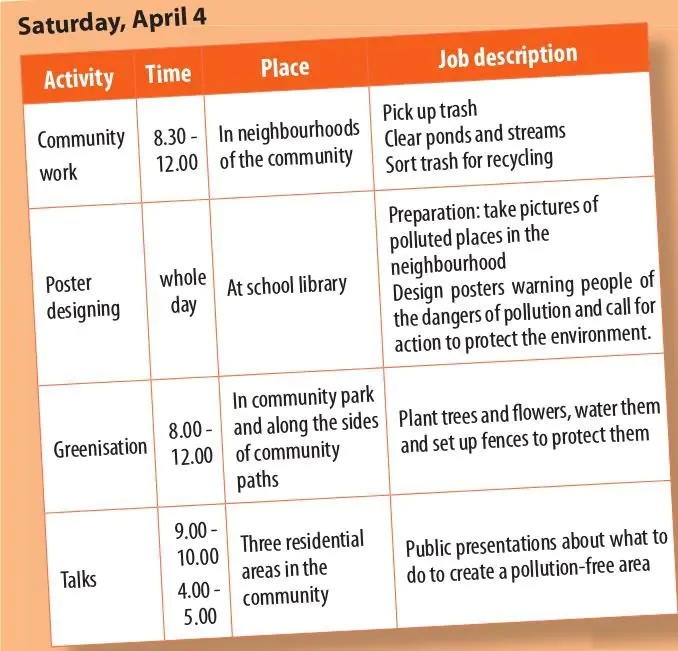

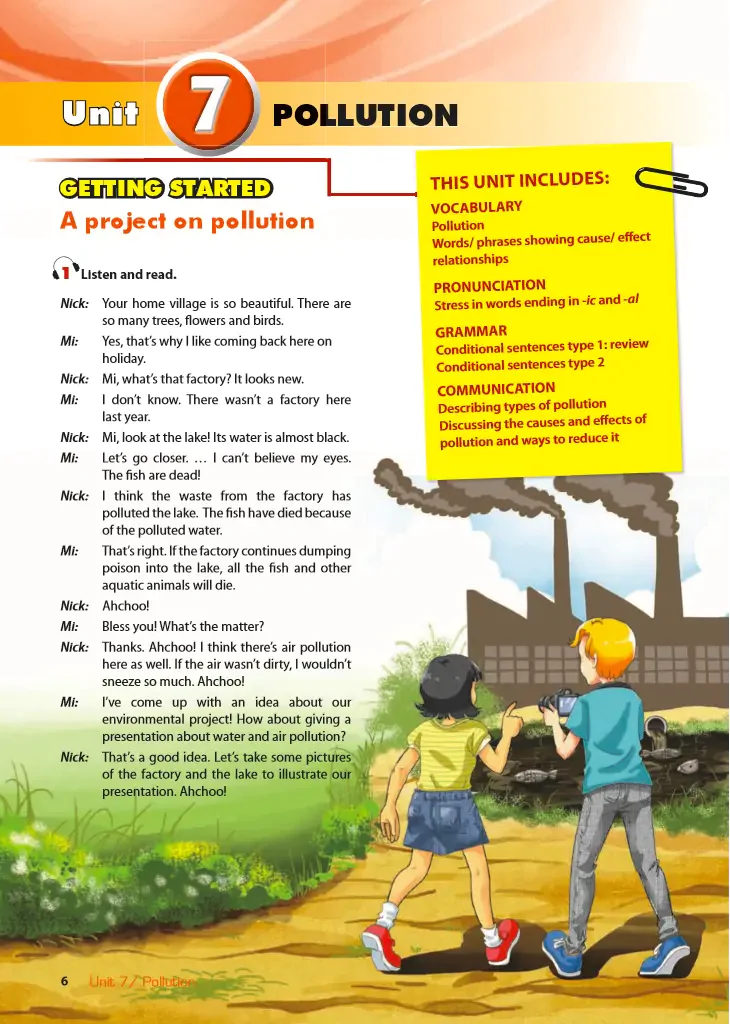
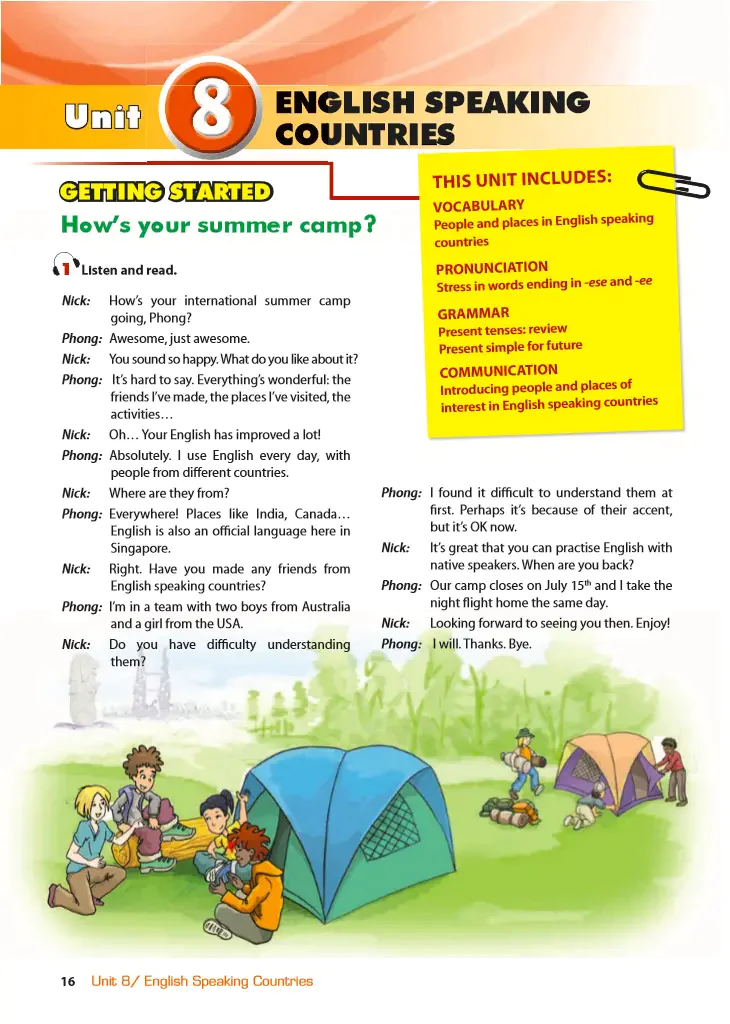
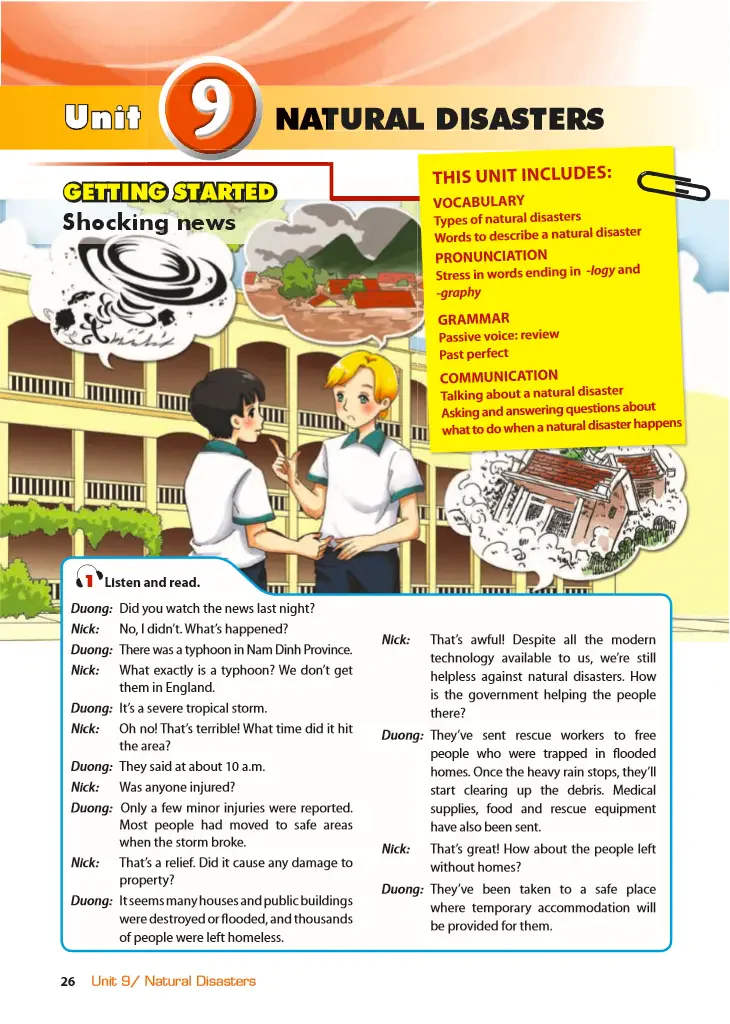
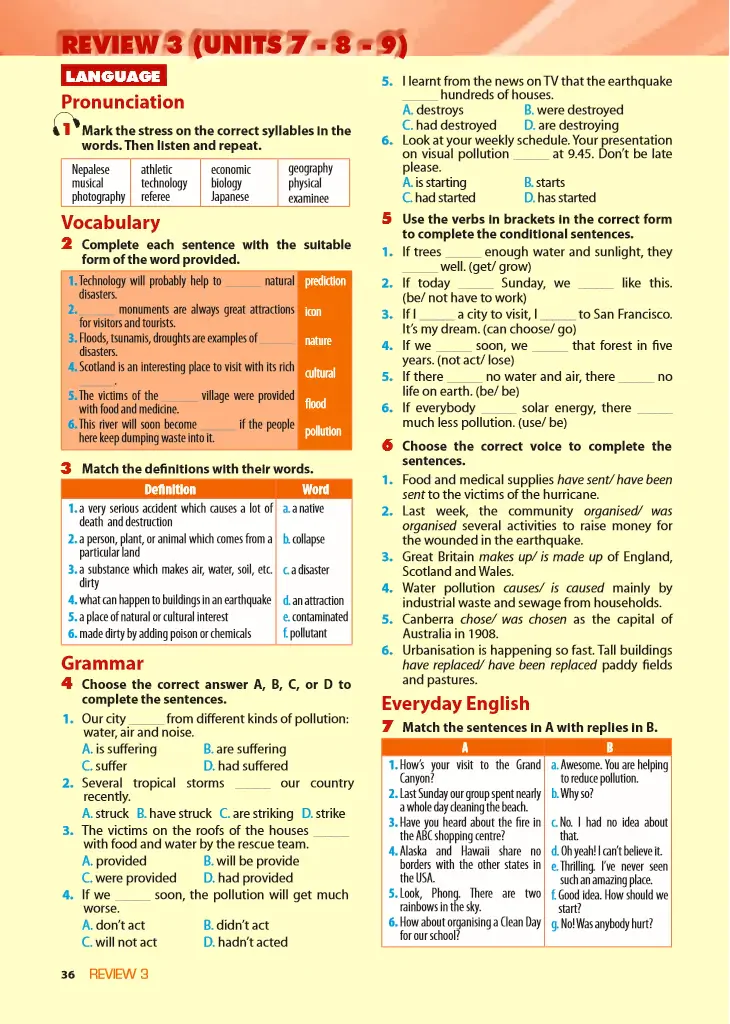
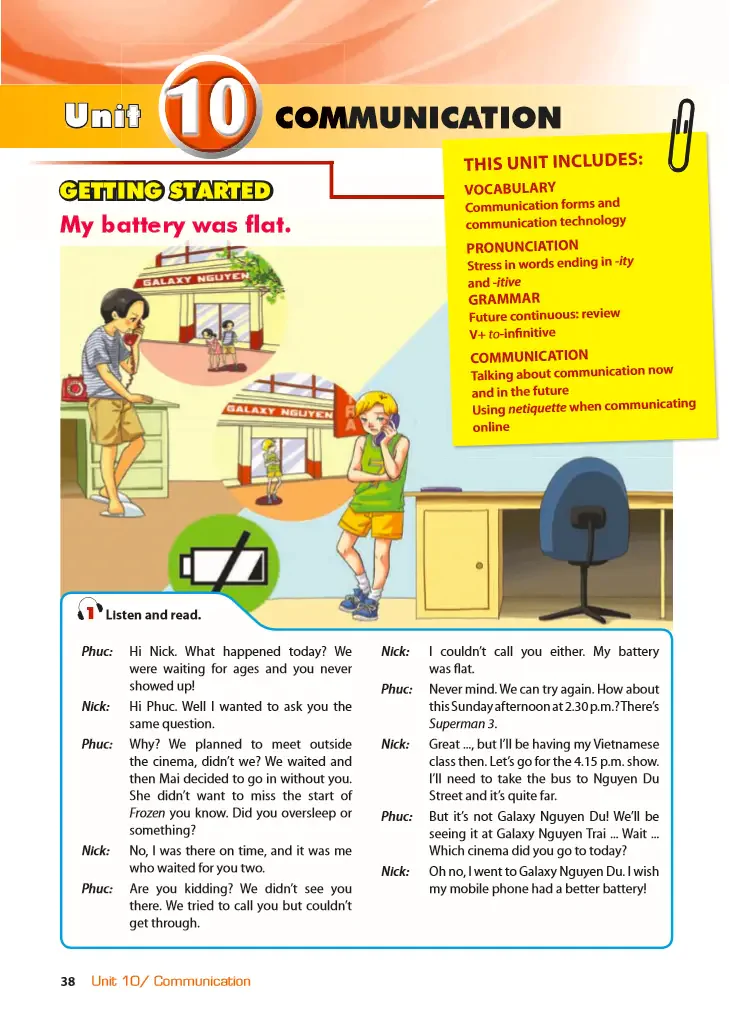
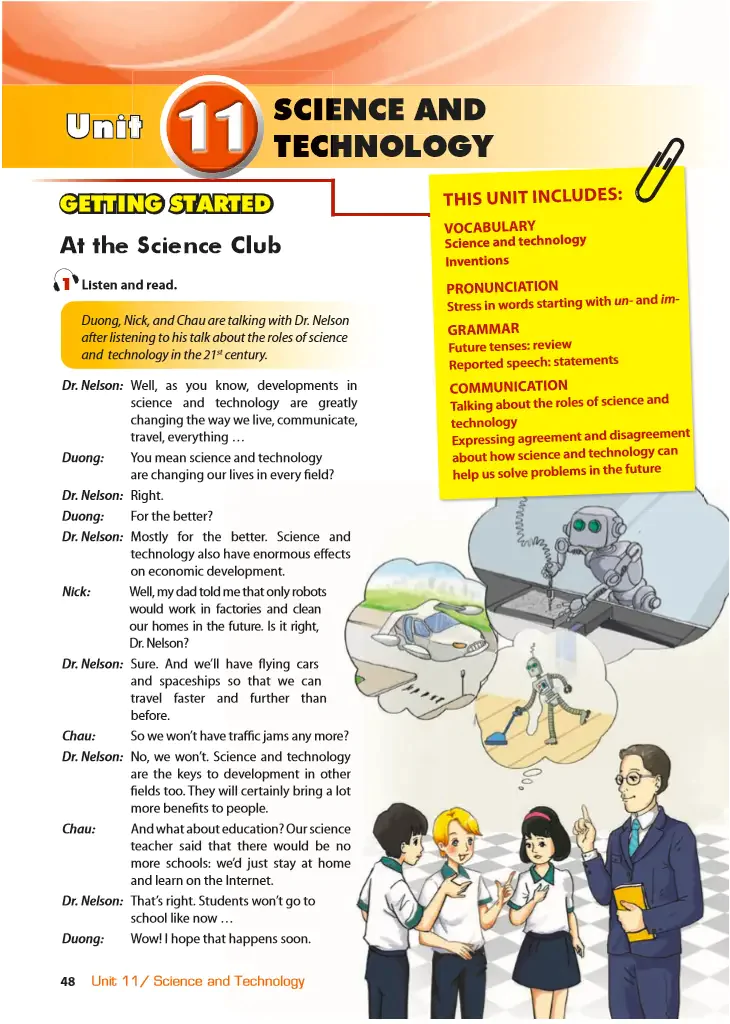

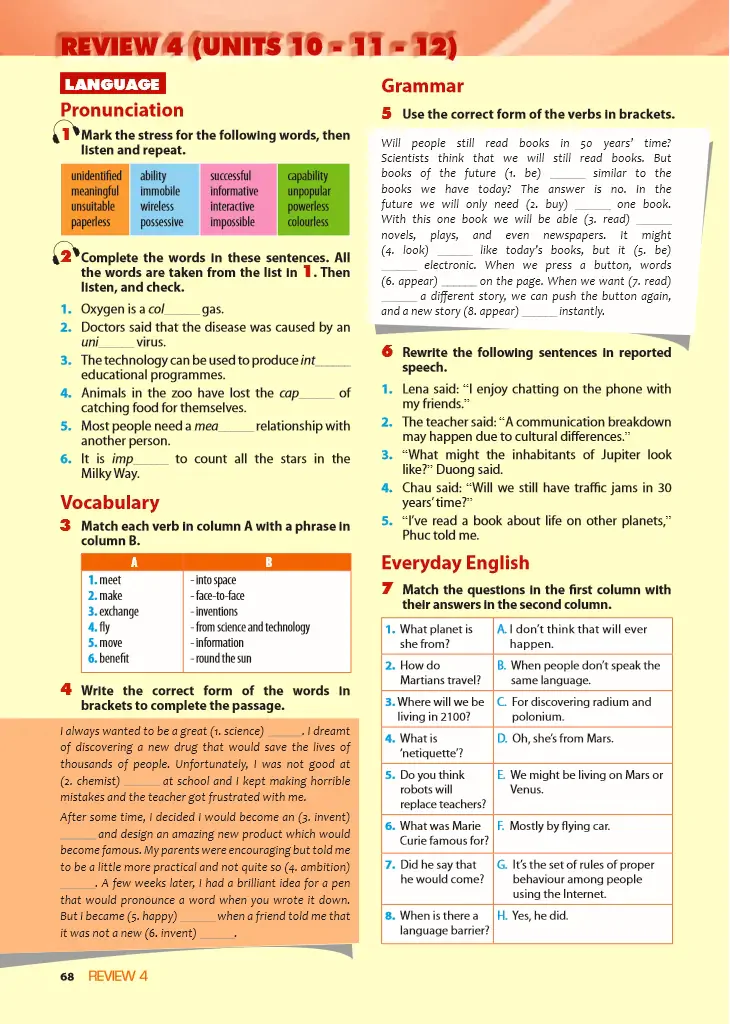

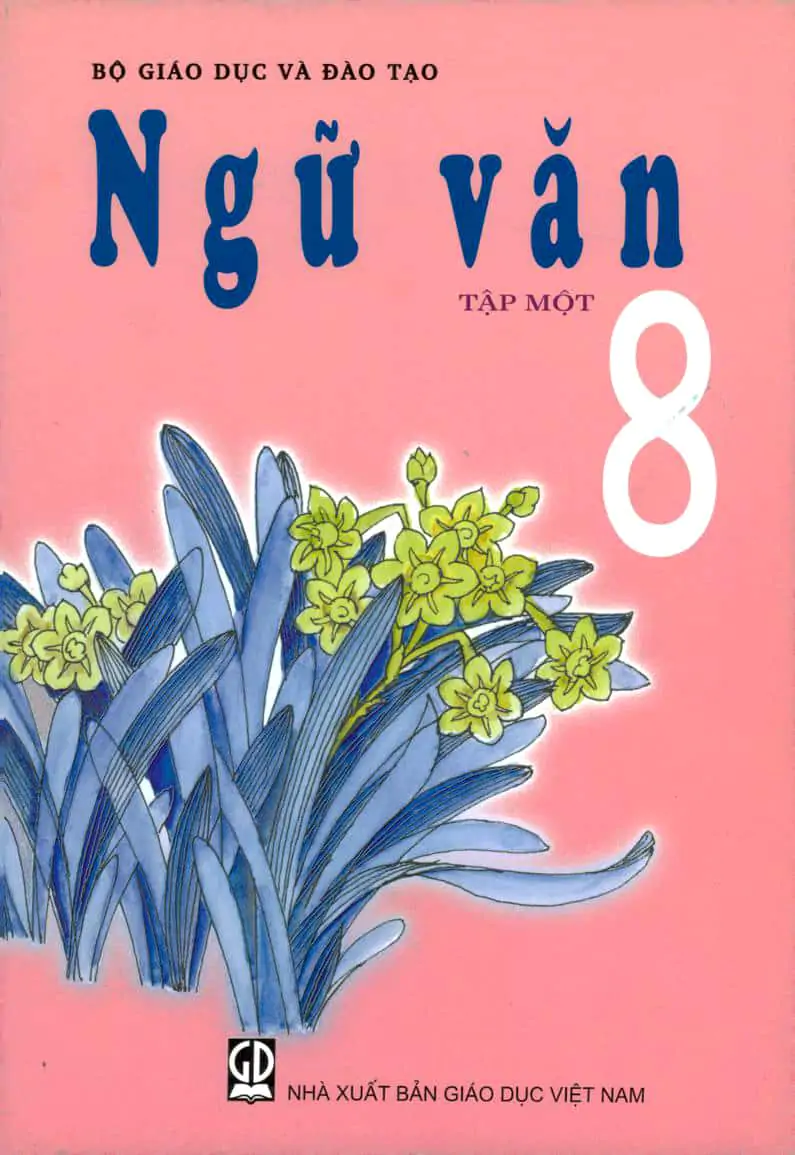

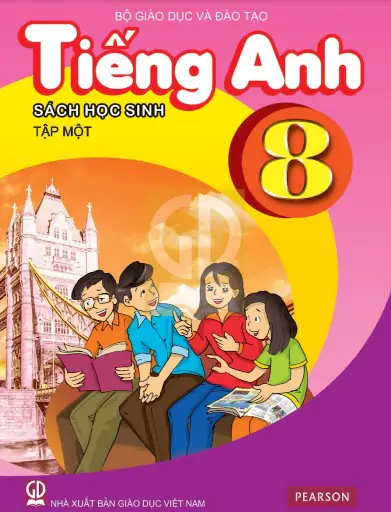
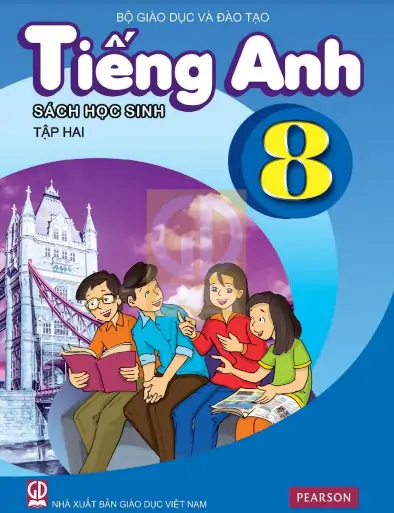
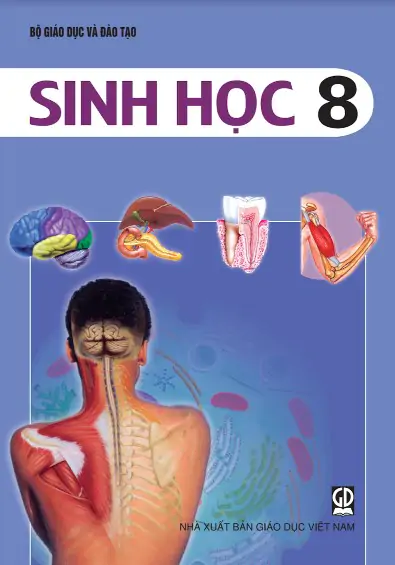
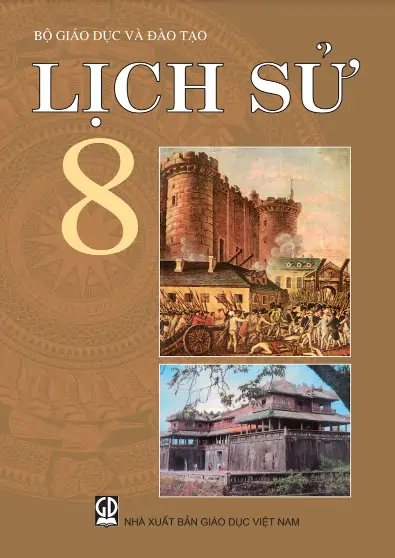
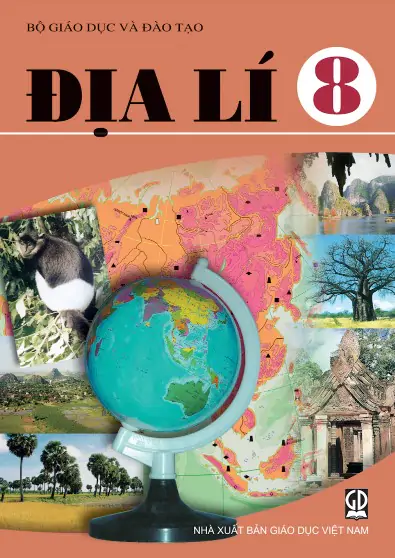


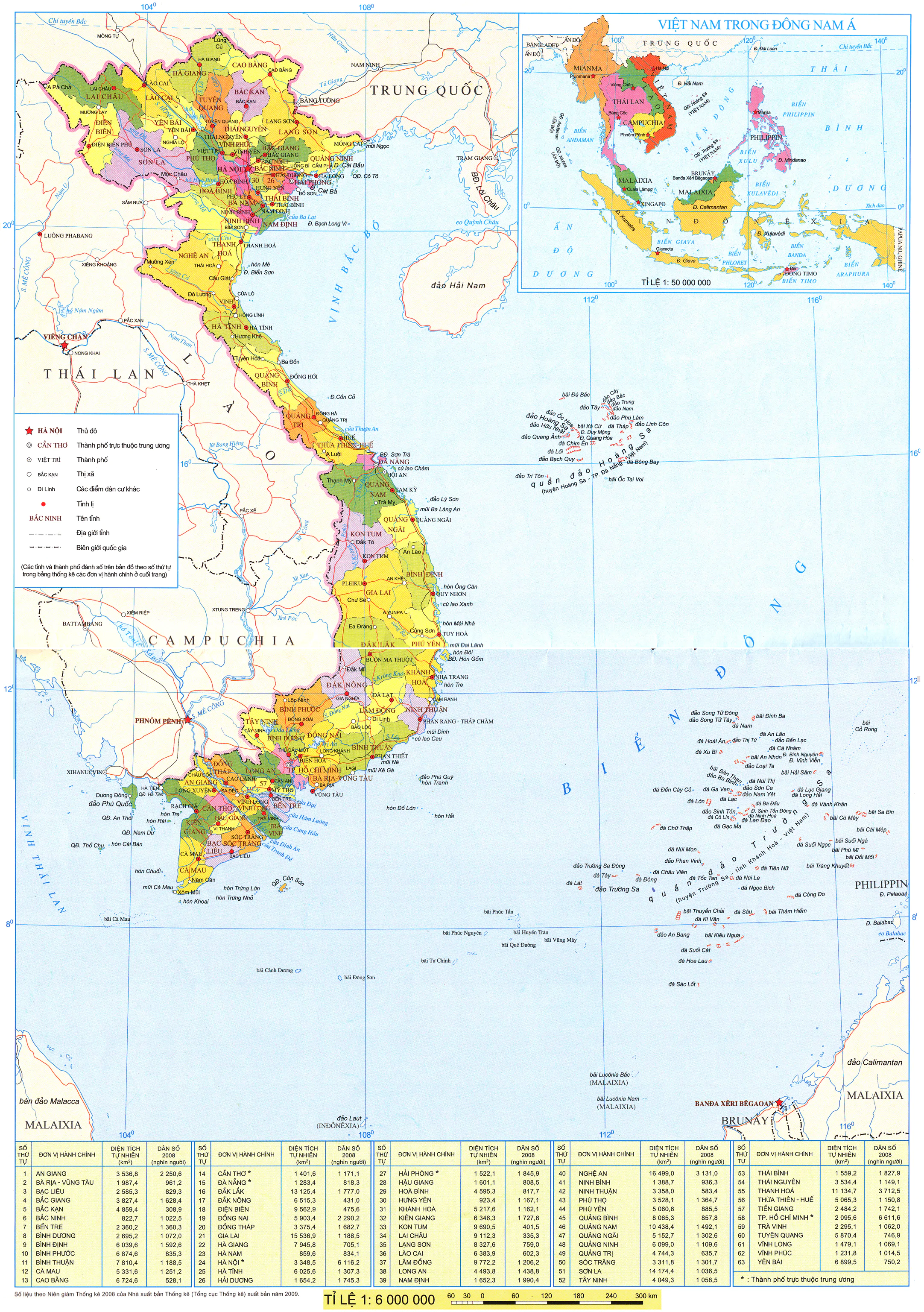
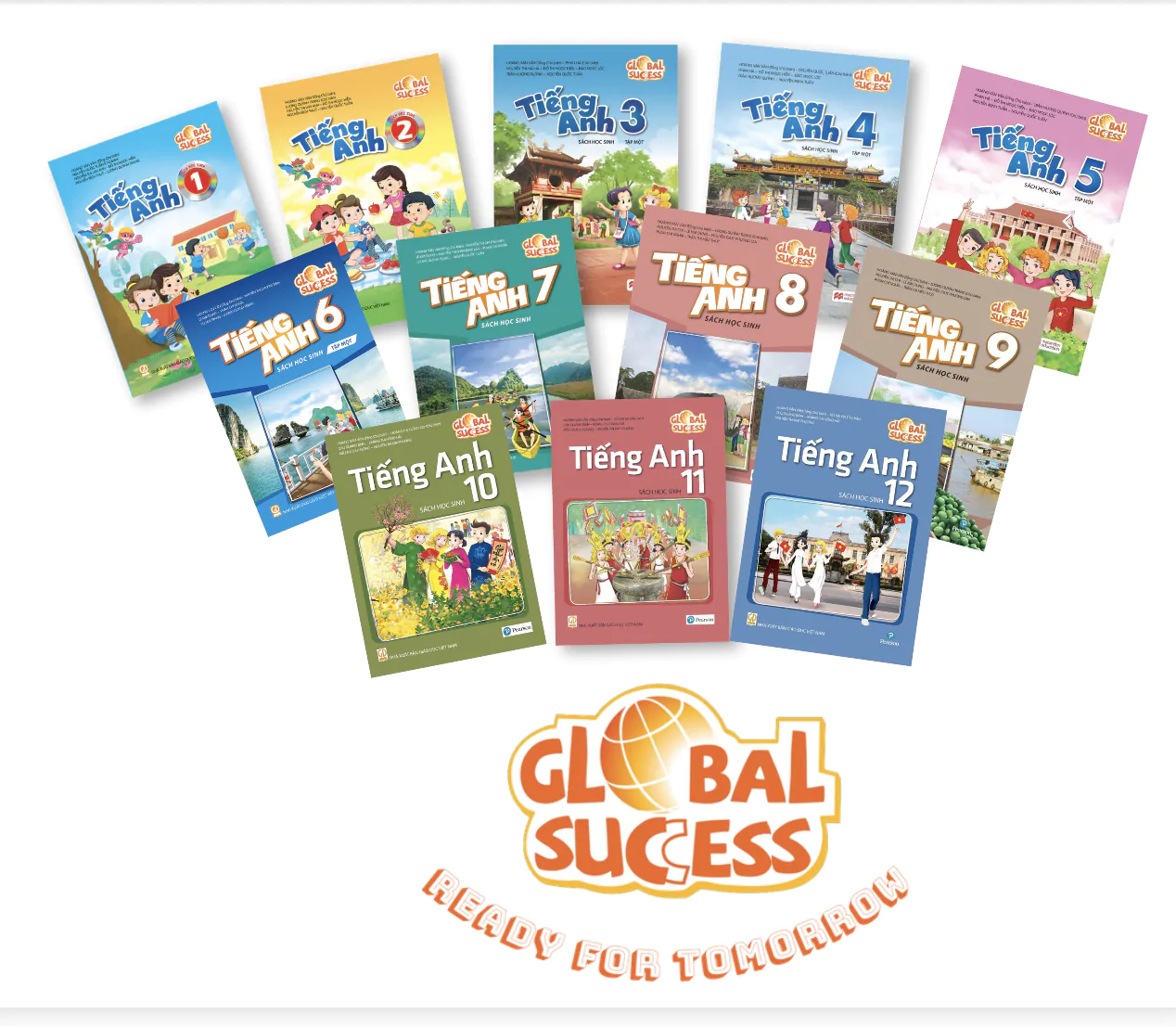

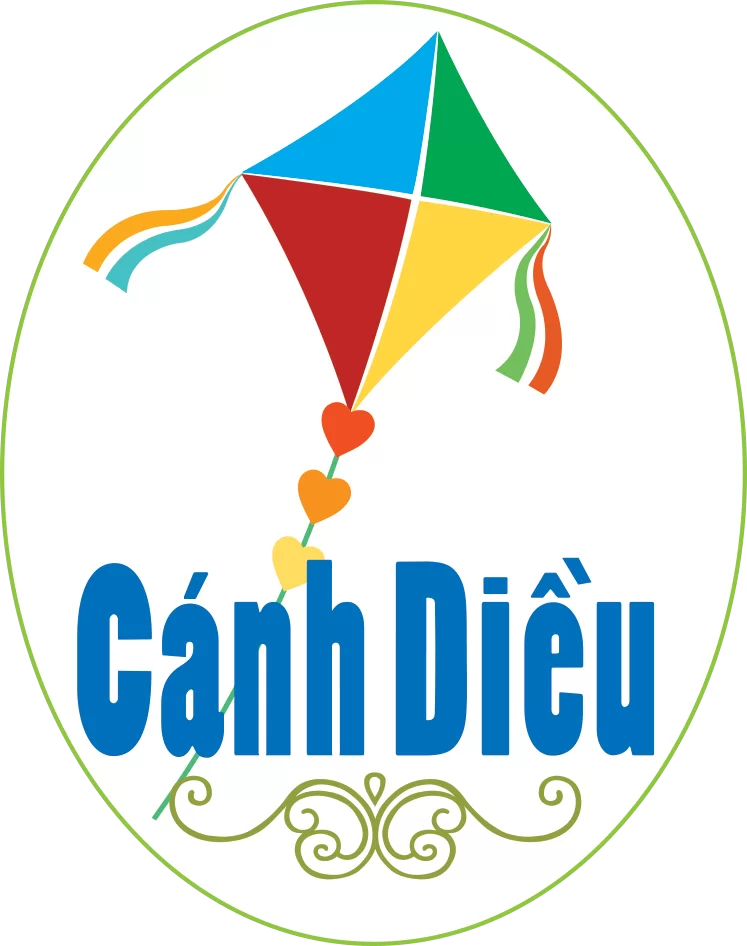













Bình Luận
Để Lại Bình Luận Của Bạn